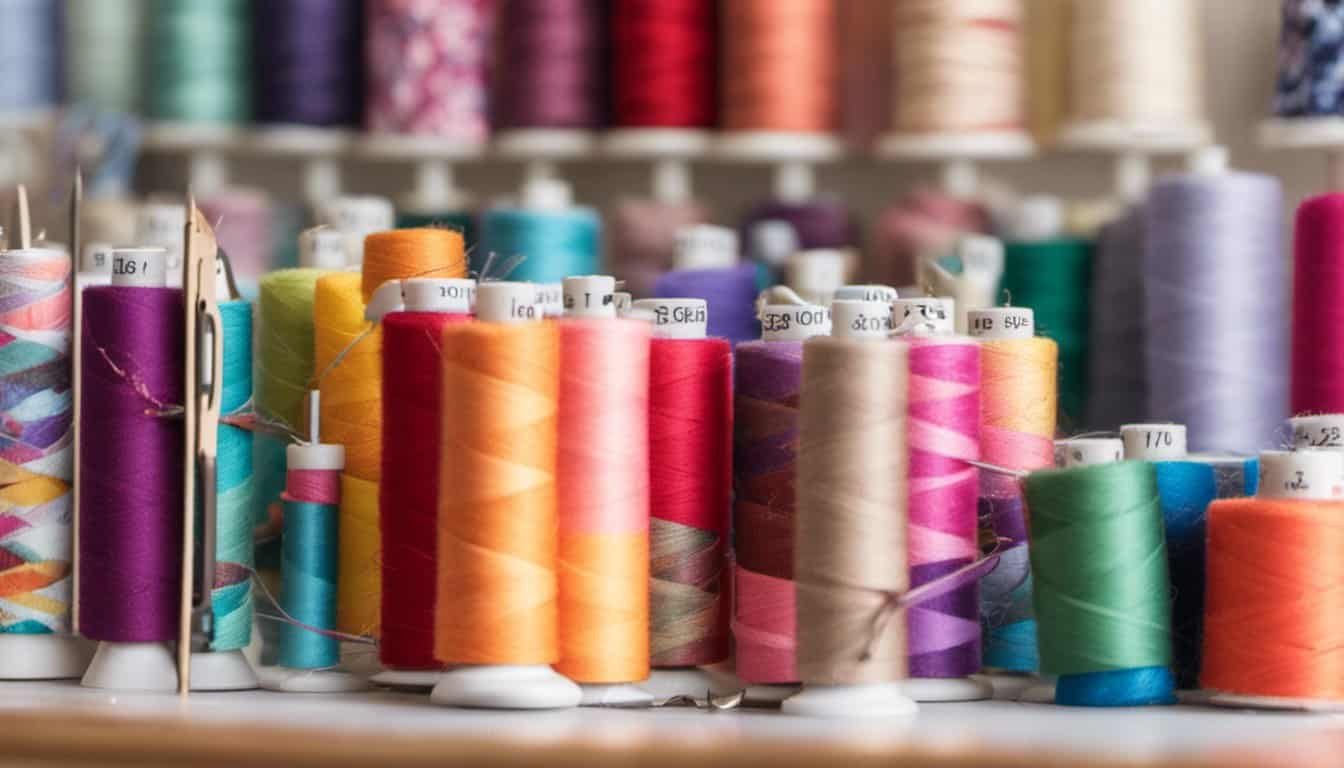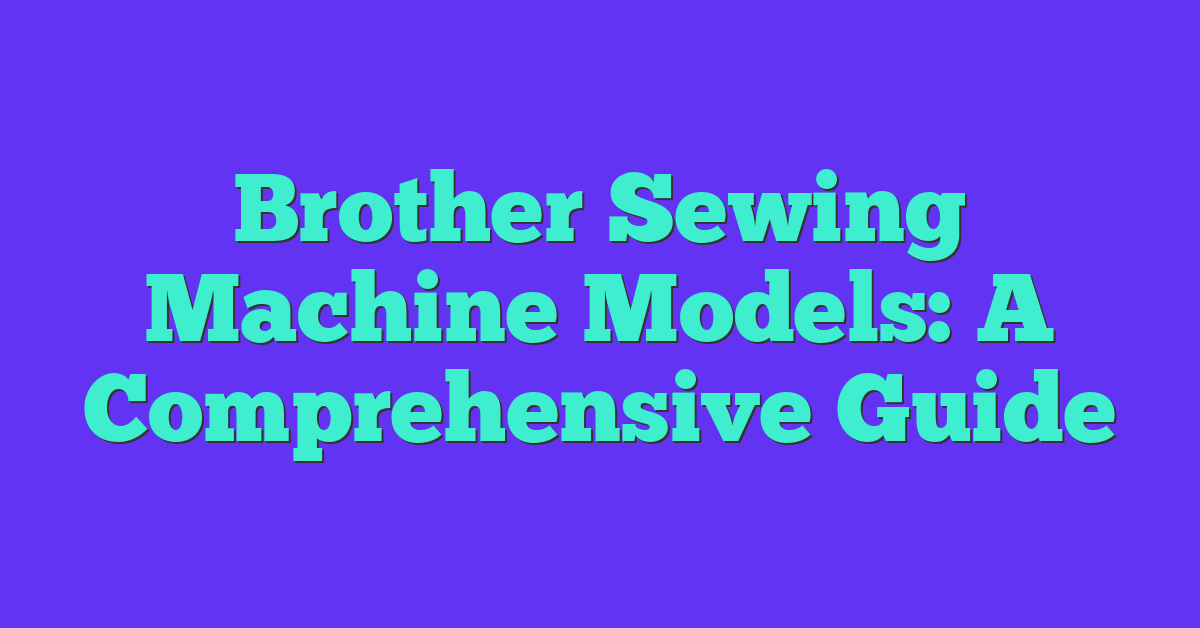Choosing the right sewing machine table can transform your crafting experience. You want a workspace that’s not only functional but also comfortable and inspiring.
Whether you’re just starting out or looking to upgrade your setup, finding the perfect table tailored to your needs is essential. From size and storage to ergonomics and design, there are several factors to consider to ensure your sewing sessions are smooth and enjoyable.
Let’s dive into how you can pick a sewing machine table that fits your workspace and enhances your creative projects.
Factors To Consider
Choosing the right sewing machine table involves evaluating several key aspects to ensure it meets your crafting needs. Focus on size, space, and storage options to create an efficient workspace.
Size And Space
Determine the table dimensions based on your available workspace. Measure the area where the table will reside to ensure a proper fit. Consider the table height; standard heights range from 28 to 30 inches, promoting comfortable posture. Opt for a table that accommodates your sewing machine and additional tools without overcrowding. Ensure there’s enough clearance for movement and access to your materials.
Storage Options
Evaluate the storage features essential for your workflow. Look for tables with built-in drawers or shelves to organize threads, fabrics, and accessories. Adjustable compartments can adapt to different project sizes and types. Incorporate vertical storage solutions, such as pegboards or hanging racks, to maximize space. Prioritize tables with cable management systems to keep cords tidy and reduce clutter. Effective storage options enhance productivity by keeping your essentials within reach.
Types Of Sewing Machine Tables
Choosing the right type of sewing machine table enhances your crafting workflow. Explore the main options to find the best fit for your needs.
Portable Tables
Portable tables offer flexibility and ease of movement. They typically feature lightweight materials and built-in handles, allowing you to relocate your workspace effortlessly. These tables often include:
- Compact Design: Fits small spaces and can be stored away when not in use.
- Basic Storage: May have a few drawers or shelves for essential tools.
- Adjustable Height: Some models allow height customization for comfort.
- Foldable Features: Enables easy setup and takedown, ideal for limited spaces.
Stationary Tables
- Spacious Surface: Accommodates larger projects and multiple tools simultaneously.
- Ample Storage: Multiple drawers, cabinets, and compartments for organized storage.
- Built-In Features: Integrated lighting, power outlets, and cable management systems.
- Durable Materials: Made from sturdy materials like wood or metal to ensure longevity.
- Ergonomic Design: Optimized height and layout to reduce strain during long sewing sessions.
Material And Durability
Choosing the right material ensures your sewing machine table stands the test of time.
Common Materials
- Wood: Offers a sturdy surface and classic appearance. Solid hardwoods like oak and maple withstand heavy use and resist scratches.
- Metal: Provides exceptional durability and stability. Steel frames prevent wobbling during intense sewing sessions.
- Plastic: Lightweight and affordable. Suitable for portable tables but less durable for long-term use.
- Composite Materials: Combine wood and metal for enhanced strength. They balance aesthetics with robustness.
Durability Factors
- Weight Capacity: Ensure the table supports your sewing machine and additional tools. Metal and solid wood tables typically handle higher weights.
- Scratch Resistance: Hard surfaces like hardwood and metal resist daily wear better than plastic.
- Moisture Resistance: Wood tables with proper finishes withstand spills. Metal tables are immune to moisture damage.
- Construction Quality: Look for reinforced joints and quality craftsmanship. Well-built tables last longer and maintain stability.
Maintenance Tips
- Wood: Regularly apply polish or wax to protect the surface and prevent drying or cracking.
- Metal: Keep surfaces dry to avoid rust. Use protective coatings if necessary.
- Plastic: Clean with mild soap and water to remove stains and maintain appearance.
- Composite Materials: Follow manufacturer guidelines for cleaning and maintenance to preserve both wood and metal components.
Recommended Materials
| Material | Durability | Weight Capacity | Maintenance |
|---|---|---|---|
| Solid Hardwood | High | High | Moderate |
| Metal | Very High | Very High | Low |
| Plastic | Low | Low | Easy |
| Composite | High | High | Varies by components |
Selecting a table made from durable materials like solid hardwood or metal ensures a reliable workspace. Consider how each material meets your specific needs for longevity and maintenance when making your choice.
Features To Look For
- Size and Dimensions: Fit your workspace with tables offering at least 36×24 inches of surface area, accommodating most projects and accessories.
- Storage Solutions: Include built-in drawers, adjustable shelves, or pegboards to organize tools like scissors, threads, and needles.
- Ergonomic Design: Provide adjustable height options and comfortable working surfaces to support long crafting sessions without strain.
- Material and Durability: Choose sturdy materials such as hardwood, metal frames, or high-quality composites to ensure stability and longevity.
- Stability and Weight Capacity: Support up to 50 pounds, holding sewing machines, fabric rolls, and additional equipment without wobbling.
- Cable Management: Feature built-in clips or channels to keep power cords and extension cords neat and accessible.
- Built-in Lighting: Integrate LED lights or adjustable lamps to illuminate your workspace effectively.
- Portability: Opt for foldable designs or lightweight materials if you need to move the table frequently.
- Surface Finish: Select scratch-resistant and easy-to-clean surfaces to maintain a tidy and functional workspace.
- Additional Features: Look for integrated power outlets, measuring tools, or accessory holders to enhance convenience and efficiency.
Budget And Price Range
Determining your budget is crucial when selecting a sewing machine table. Prices typically range from $100 to $800, each bracket offering distinct features to match your needs.
| Price Range | Features Included |
|---|---|
| $100 – $250 | Basic designs, limited storage, lightweight materials |
| $251 – $500 | Enhanced storage options, durable materials, adjustable heights |
| $501 – $800 | Premium materials, extensive storage, built-in lighting and power outlets |
Evaluate your requirements to choose the right price range. Allocating a higher budget can secure additional features and better durability, supporting long-term use.
Conclusion
Finding the right sewing machine table can make all the difference in your crafting journey. Consider your workspace and how you like to work to choose a table that fits seamlessly into your routine.
With a setup that matches your needs you’ll enjoy sewing more and create beautiful projects with ease. Happy stitching!


















